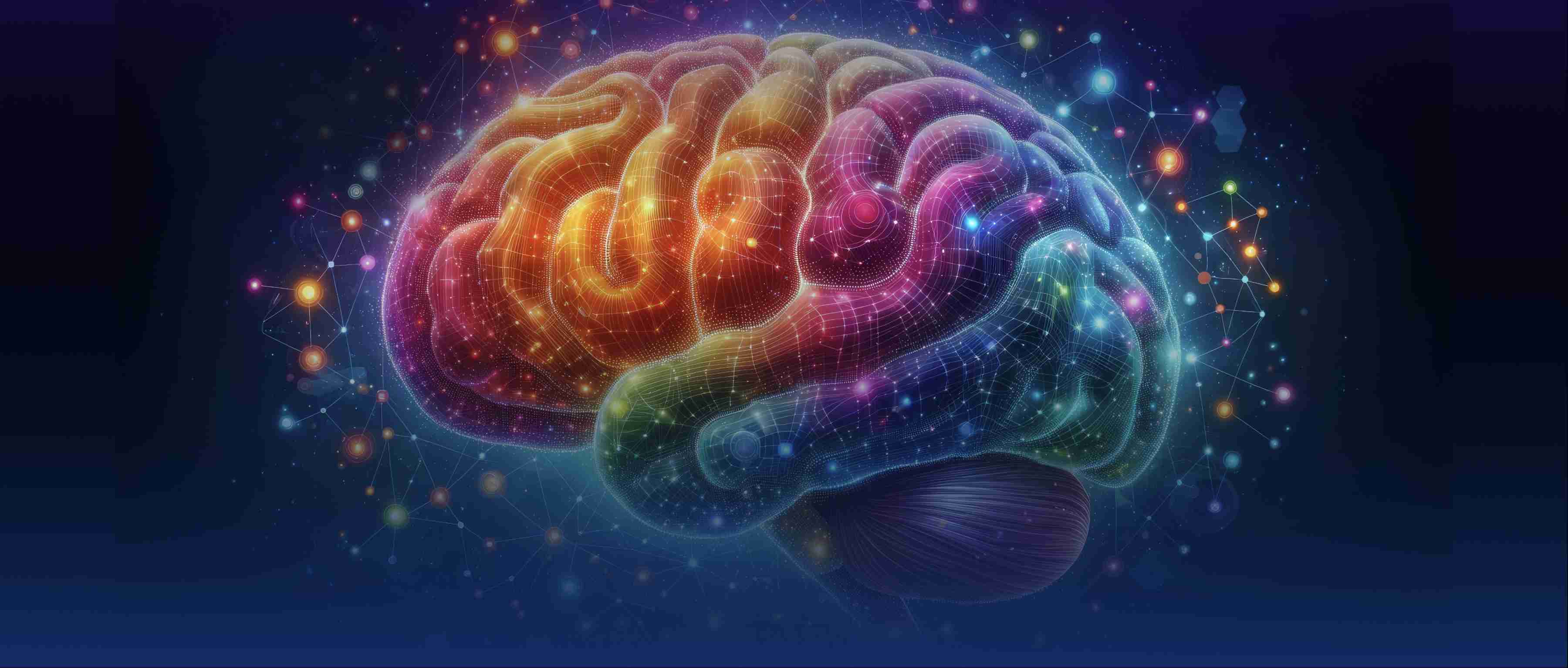Microsoft’s image-to-video AI refers to a technology that generates dynamic video content from static images using artificial intelligence. The AI system uses advanced techniques like deep learning, image recognition, and motion synthesis to create video sequences that simulate realistic motion or transitions based on the input images. This technology can be useful in a variety of applications, such as creating short video clips from a series of still images, generating product demonstrations for e-commerce, or animating visual content for educational purposes. An example is where the AI analyzes the input image and then generates movement, like simulating an object’s rotation, or even generating an entire video with synthetic motion like facial expressions or scenery changes. This technology could also be used in augmented reality (AR) applications, helping to create more immersive experiences by adding dynamic video elements based on real-world imagery. Microsoft’s advancements in AI have enabled this process to be more accessible for developers, allowing them to integrate such features into their own applications for various industries such as entertainment, marketing, and education.
What is a Microsoft image to video AI?

- AI & Machine Learning
- Vector Database 101: Everything You Need to Know
- Accelerated Vector Search
- GenAI Ecosystem
- Master Video AI
- All learn series →
Recommended AI Learn Series
VectorDB for GenAI Apps
Zilliz Cloud is a managed vector database perfect for building GenAI applications.
Try Zilliz Cloud for FreeKeep Reading
How are embeddings used in edge computing?
Embeddings are used in edge computing to transform complex data into a simpler format that can be processed easily and e
What is the role of transparency in LLM guardrail development?
Transparency plays a crucial role in LLM guardrail development by fostering trust, accountability, and continuous improv
How do you address hardware fragmentation in VR?
Hardware fragmentation in virtual reality (VR) refers to the varying capabilities and specifications of different VR dev